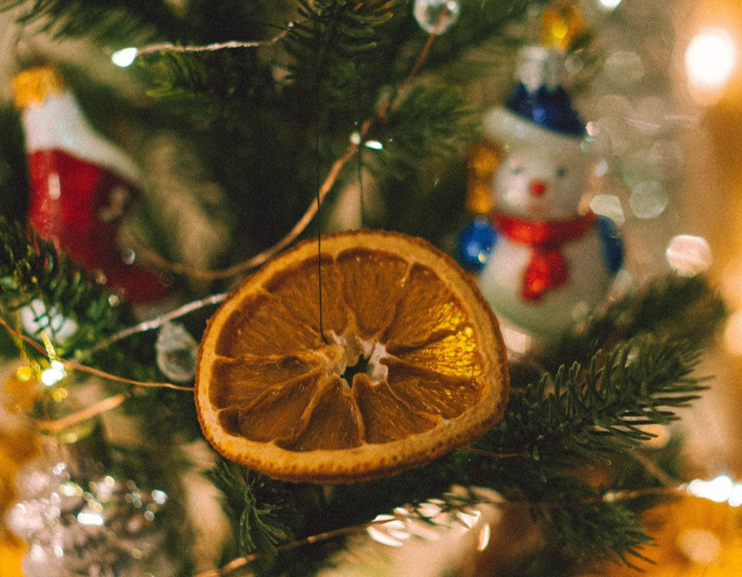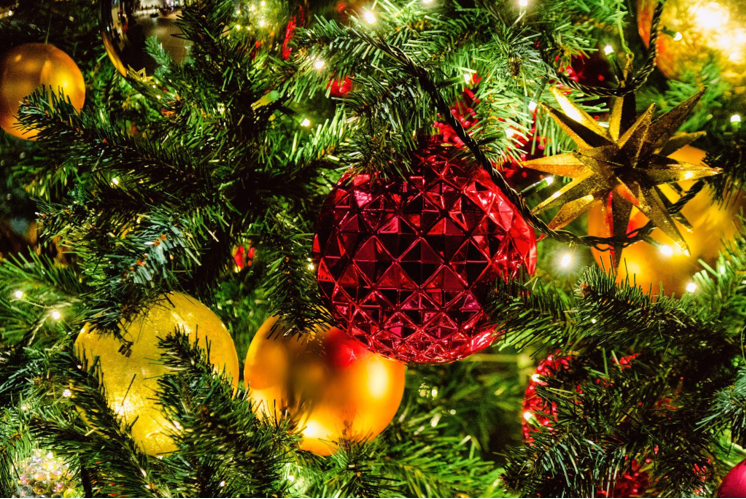The History and Meaning Behind Popular Christmas Ornaments
The History of the Christmas Tree
The tradition of decorating evergreen trees in winter dates back to ancient times. Egyptians, Romans, and Vikings all used evergreens in their winter celebrations. However, it was in Germany during the 16th century that the Christmas tree as we know it today began to take shape. The first recorded Christmas tree use dates back to Strasbourg in 1605.
At first, the tree was decorated with apples, nuts, and other food items. It was in the 19th century that the tradition of adding lights and ornaments became widespread. Today, Christmas trees are found in homes and public spaces worldwide and are an iconic symbol of the holiday season.
The Significance of Mistletoe
Mistletoe has been used as a part of winter celebrations for centuries. The ancient Celts believed that mistletoe held magical properties and could heal the sick, protect against evil, and enhance fertility. It was also seen as a symbol of peace.
In the 18th and 19th centuries, mistletoe became a popular decoration for Christmas. It was hung from doorways and ceilings, and couples were encouraged to kiss beneath it. This tradition likely dates back to the ancient Norse legend of the goddess Frigg, who granted a kiss to anyone who passed beneath the mistletoe.
Today, mistletoe is still a popular Christmas decoration, and the tradition of kissing beneath it continues. However, it’s important to note that in modern times, consent matters. If you choose to hang mistletoe in your home, make sure all participants are comfortable with the tradition before indulging in a kiss.
Other Popular Christmas Decorations
In addition to Christmas trees and mistletoe, there are many other popular Christmas decorations with rich histories and cultural significance. For example, the tradition of hanging stockings by the fireplace dates back to a story about Saint Nicholas, a 4th-century bishop who gave gifts to children. The story goes that St. Nick visited a low-income family and filled them with gold coins after seeing their stockings hanging by the fire to dry. Today, children worldwide hang stockings hoping to receive gifts from Santa Claus.
Another beloved Christmas decoration is the Advent wreath. This wreath, made of evergreen boughs and decorated with candles, is a way for Christians to mark the weeks leading up to Christmas. Each candle represents one of the four Sundays of Advent and is lit in turn as the weeks pass. The Advent wreath tradition dates back to Germany in the 16th century.
Conclusion
These are just a few examples of the rich history and cultural significance behind the beloved Christmas ornaments we know and love. From mistletoe to Christmas trees, each decoration has a story to tell. Understanding the traditions behind these decorations can deepen our appreciation for the holiday season and all it represents.


